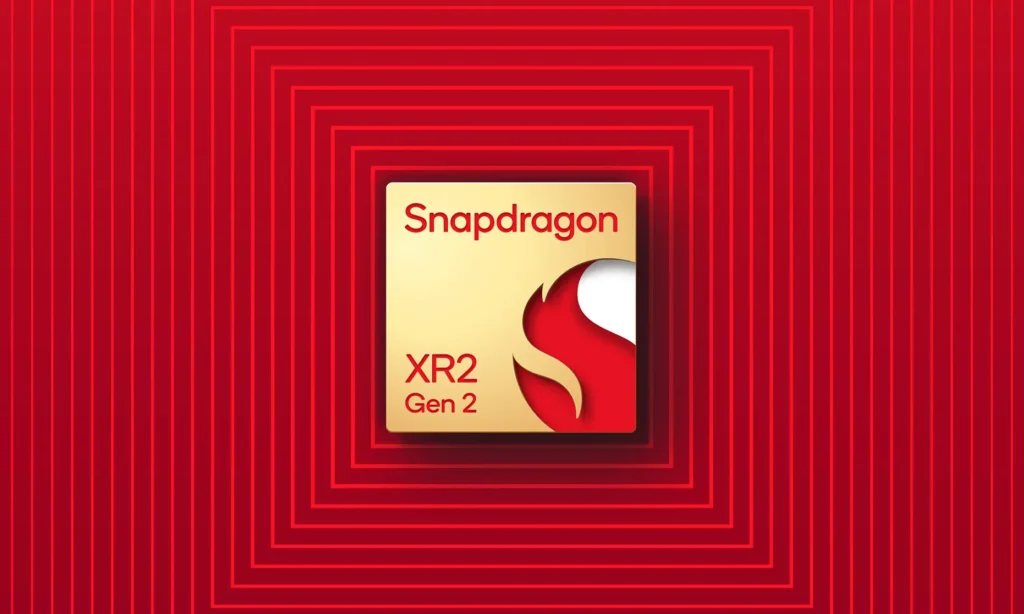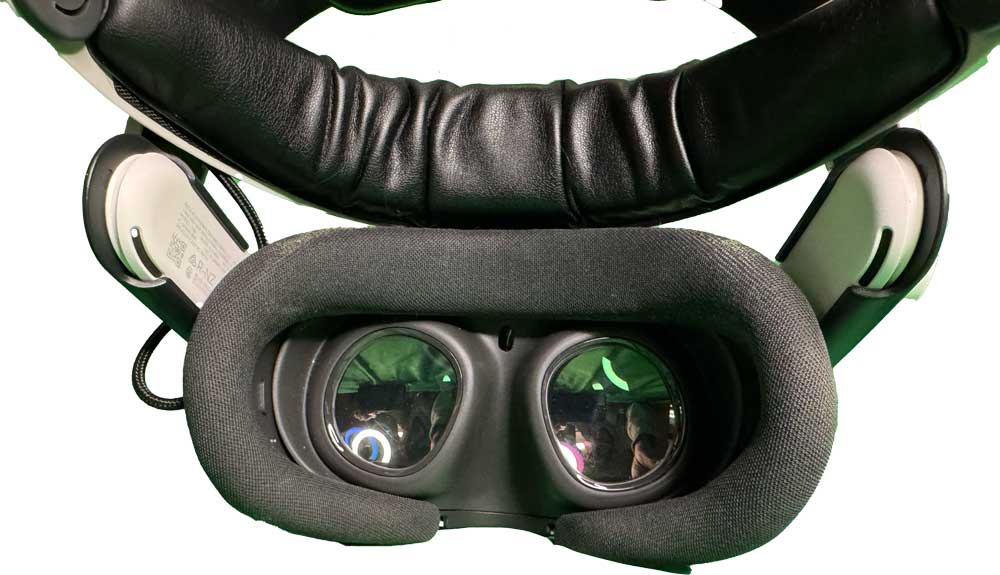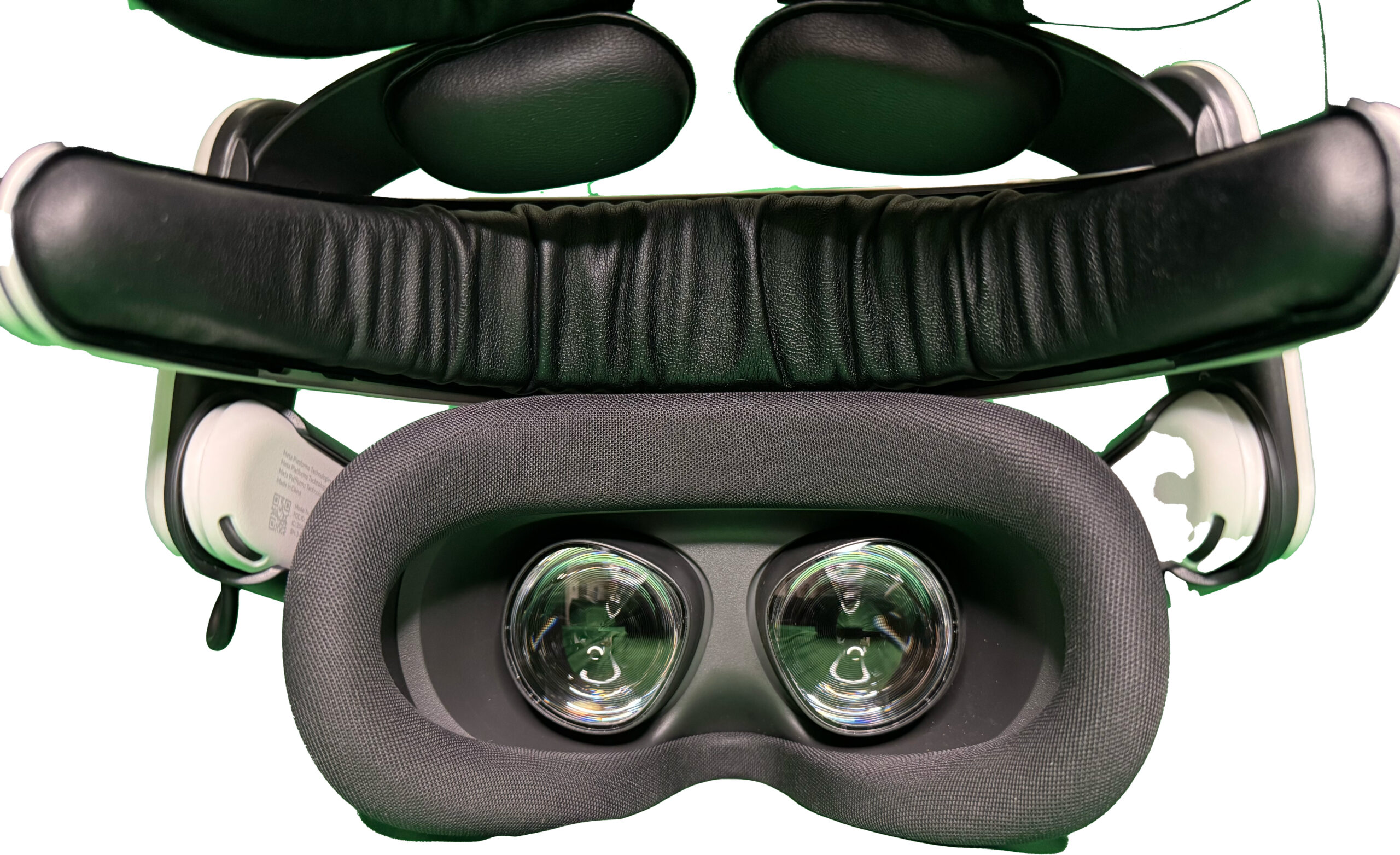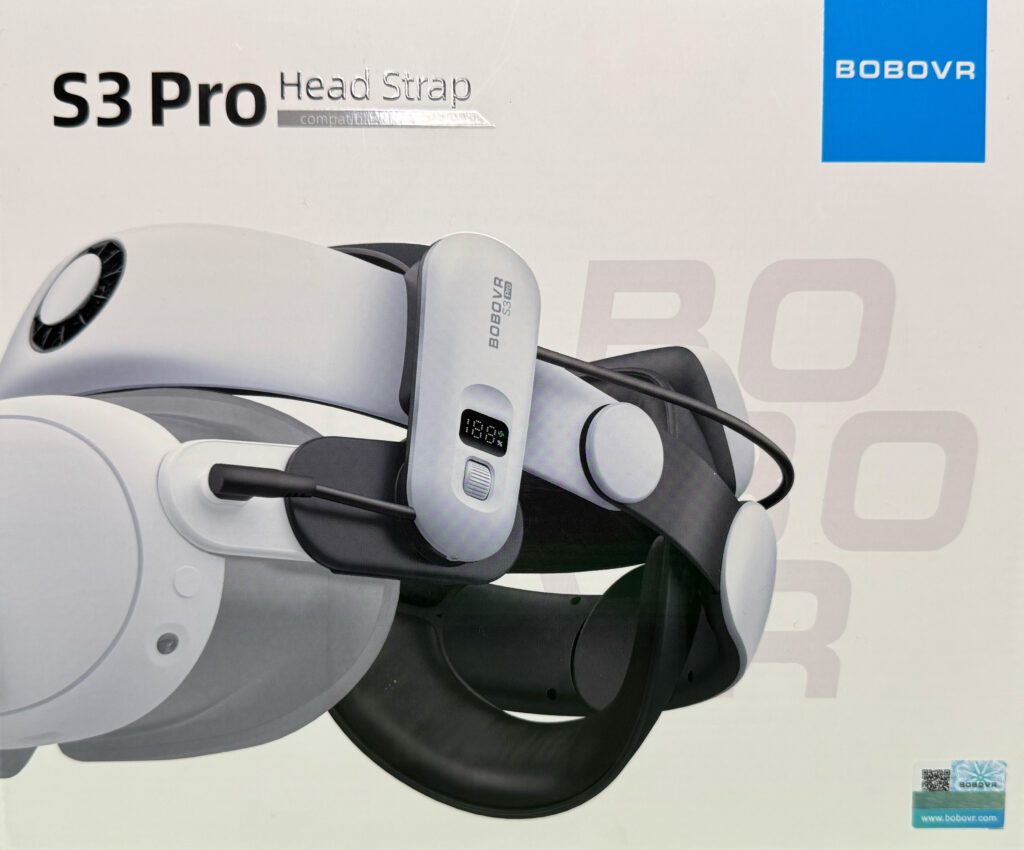The Meta Quest 3 line of VR headsets launched in October 2023, with the Quest 3 making its debut on October 10th, followed by the release of the Quest 3S almost exactly a year later on October 15th, 2024. Both headsets are powered by Qualcomm’s Snapdragon XR2 Gen 2 processor, a marked improvement over the Gen 1 found in earlier Quest models like the Quest 2. But while they share some similarities, there are key differences between these two devices that will influence which one is right for you.
Performance & Processor: Snapdragon XR2 Gen 2 vs. Gen 1
Both the Quest 3 and Quest 3S come equipped with the Snapdragon XR2 Gen 2 processor, a powerful upgrade over the Gen 1. The Gen 2 chip brings significant improvements in graphics, AI performance, mixed-reality capabilities, and power efficiency.
For users, this means that games on either headset look visually sharper and more immersive, with better rendering of virtual worlds and mixed-reality environments. In particular, the full-color passthrough on the Quest 3 allows for more immersive augmented reality experiences. However, battery life improvements are marginal. The headsets run more efficiently, but in our experience, you won’t see dramatic increases in how long you can play before needing to recharge.

Lenses: Pancake vs. Fresnel
The most notable difference between the two headsets is their lenses:
- The Quest 3 uses pancake lenses, which are thinner, lighter, and offer sharper visuals with reduced glare. These lenses fold light multiple times, allowing the Quest 3 to be less bulky, with a slimmer profile. Visual artifacts, such as ‘god rays’ (annoying streaks of light seen in high-contrast scenes), are significantly minimized in the Quest 3, delivering a cleaner, more refined image.
- The Quest 3S, on the other hand, uses Fresnel lenses. While Fresnel lenses do the job and are less expensive to produce, they are bulkier and more prone to visual distortions, such as glare and blur around the edges of your field of view. However, the lower price point of the Quest 3S compensates for this trade-off in lens quality.
In short, if you’re looking for crystal-clear visuals with minimal distortions, the pancake lenses of the Quest 3 are the better option. However, if you’re on a budget and don’t mind a few visual trade-offs, the Quest 3S with Fresnel lenses may be a more attractive option.
 Quest 3
Quest 3
 Quest 3S
Quest 3S
Comfort and Strap Options
One area where both headsets falter is in the comfort of the standard strap. Meta’s default head strap is functional but provides minimal support, especially for long play sessions. The recommendation here is clear: as soon as you get your headset, replace the standard strap with a third-party option like the Bobo VR M3 Pro ($49.99) or the Bobo VR S3 Pro ($89.99).
Both straps feature a suspended design that distributes the weight more evenly, significantly improving comfort during extended play. They also include battery packs, with the M3 offering a 5200mAh battery and the S3 delivering 10,000mAh, which can double or even triple your playtime.

Gameplay Experience
When it comes to gameplay, the experience is practically the same on both the Quest 3 and Quest 3S. Both headsets deliver smooth, high-quality graphics, and you’d be hard-pressed to tell which one you’re using just by the gameplay itself. That said, whether you’re playing Ghosts of Tabor, Asgard’s Wrath 2, or the newly bundled Batman: Arkham Shadow, the visual fidelity on the Quest 3 will offer fewer distractions, thanks to its superior lenses.
Storage and Game Sizes
One practical consideration when choosing between the Quest 3 and Quest 3S is storage capacity. VR games have a wide range of file sizes, starting at about 500MB and averaging around 1-2GB. However, some of the largest and most graphically intense games, like Asgard’s Wrath 2, can take up as much as 32GB. You also need to factor in the Quest 3 operating system, which occupies 26GB of space. This means that on a 128GB model, you’ll only have about 102GB of usable storage, enough for roughly three large games like Asgard’s Wrath 2.
Here are the storage and pricing options for both headsets:
- Quest 3:
- 128GB: $429.99
- 512GB: $499.99
- Quest 3S:
- 128GB: $299.99
- 256GB: $399.99
If you plan on playing a lot of games or keeping multiple large titles installed at once, the 512GB Quest 3 may be worth the investment. However, if you’re comfortable managing your library and uninstalling games when necessary, the 256GB Quest 3S should suffice for most users.
Conclusion: Which Headset is Right for You?
The decision between the Quest 3 and Quest 3S ultimately comes down to budget and how much you value visual quality and comfort.
- The Quest 3 is the clear choice if you want the best possible visuals with its pancake lenses, making it ideal for more immersive and longer VR sessions.
- The Quest 3S is the better option if you’re looking for a more affordable entry into the Quest ecosystem without sacrificing too much on performance.
Both headsets offer the same gameplay and benefit from the Snapdragon XR2 Gen 2, so you’re getting a solid experience no matter which one you choose. Just be ready to replace the default strap for extended use!

















Discussion about this post